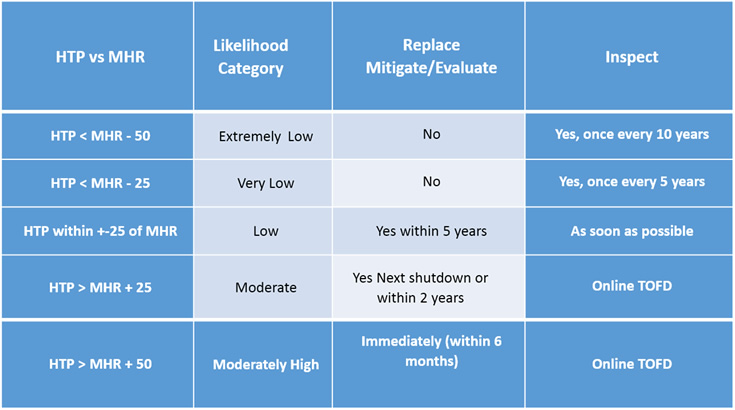Why Risk-Based Inspection (RBI) Works
The API Inspection Codes were originally based on failure prevention and did not consider the consequences of failure or potential damage mechanisms. Risk-based inspection (RBI) assessments result in an equipment risk ranking based on the probability of failure (a leak occurring) and the consequence associated with that leak. Applied properly, RBI provides the benefit of […]








